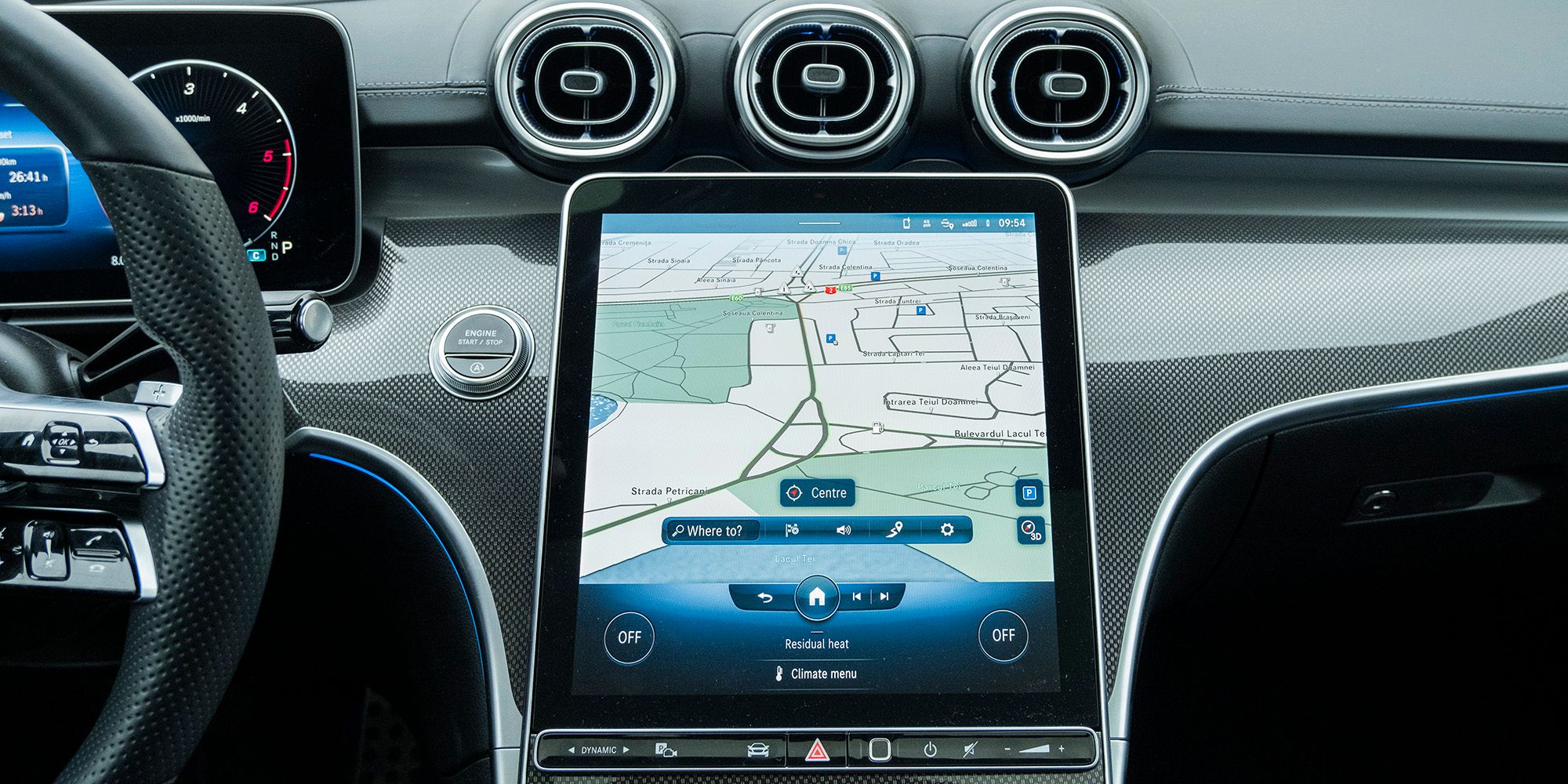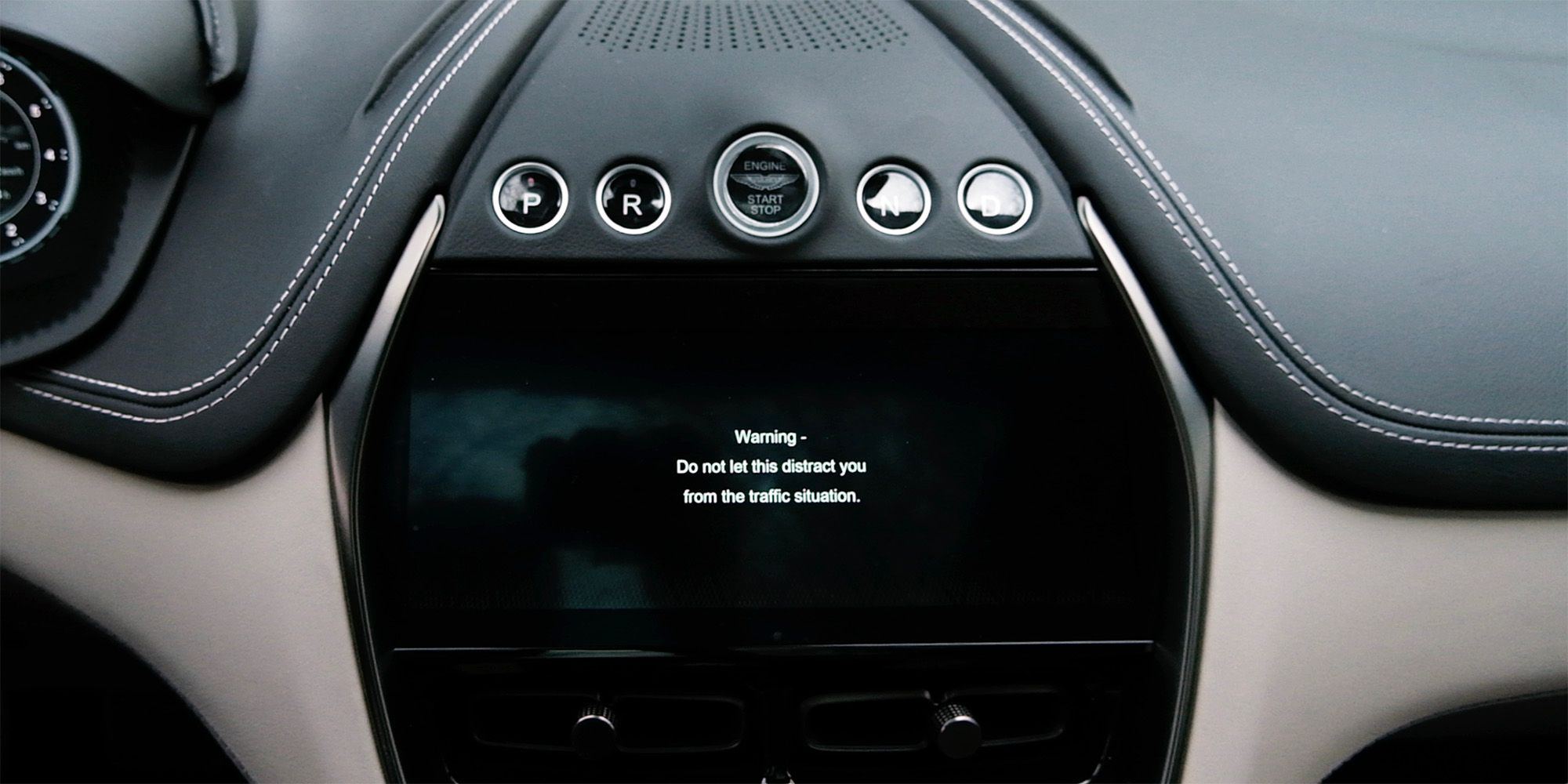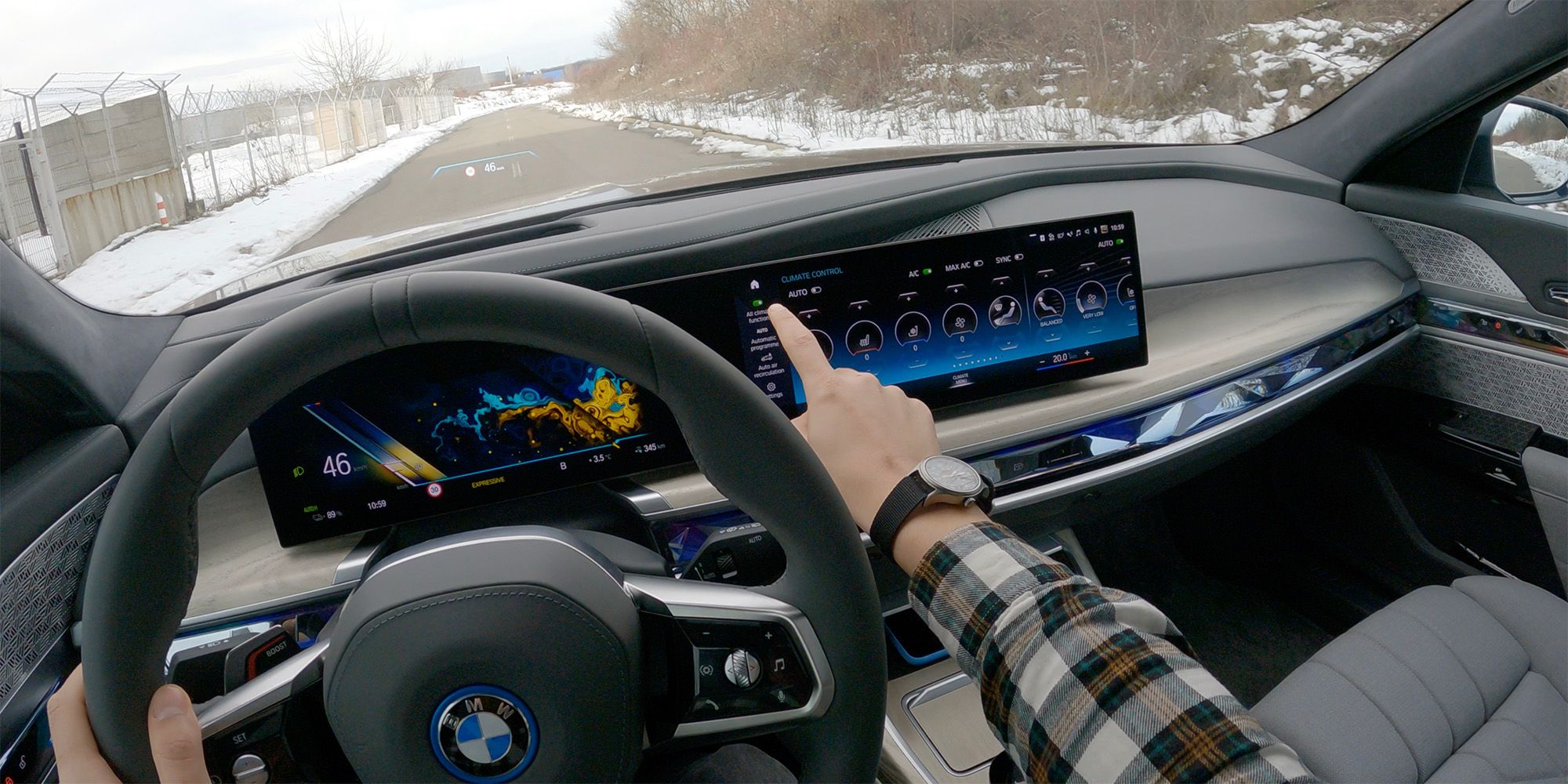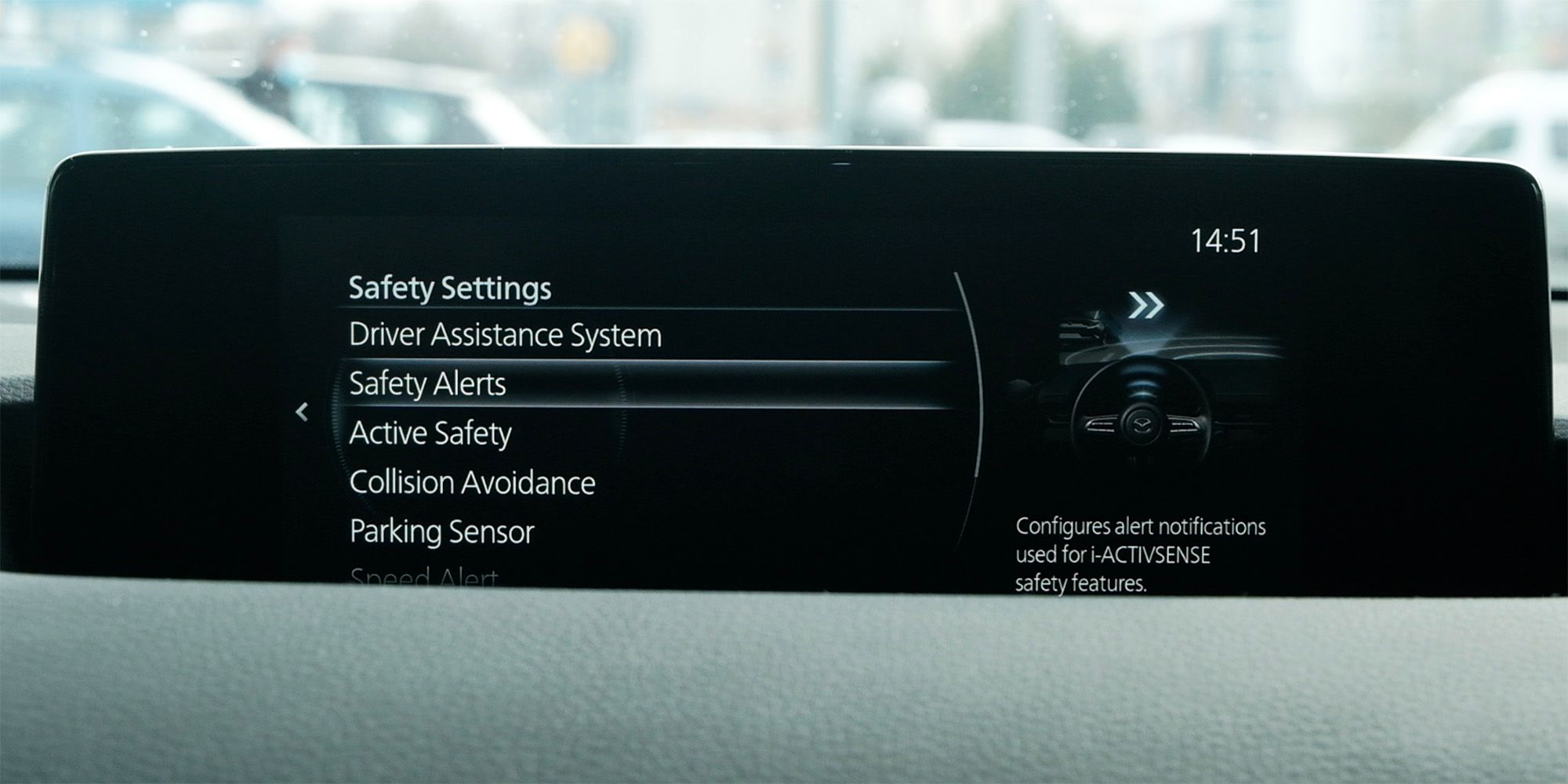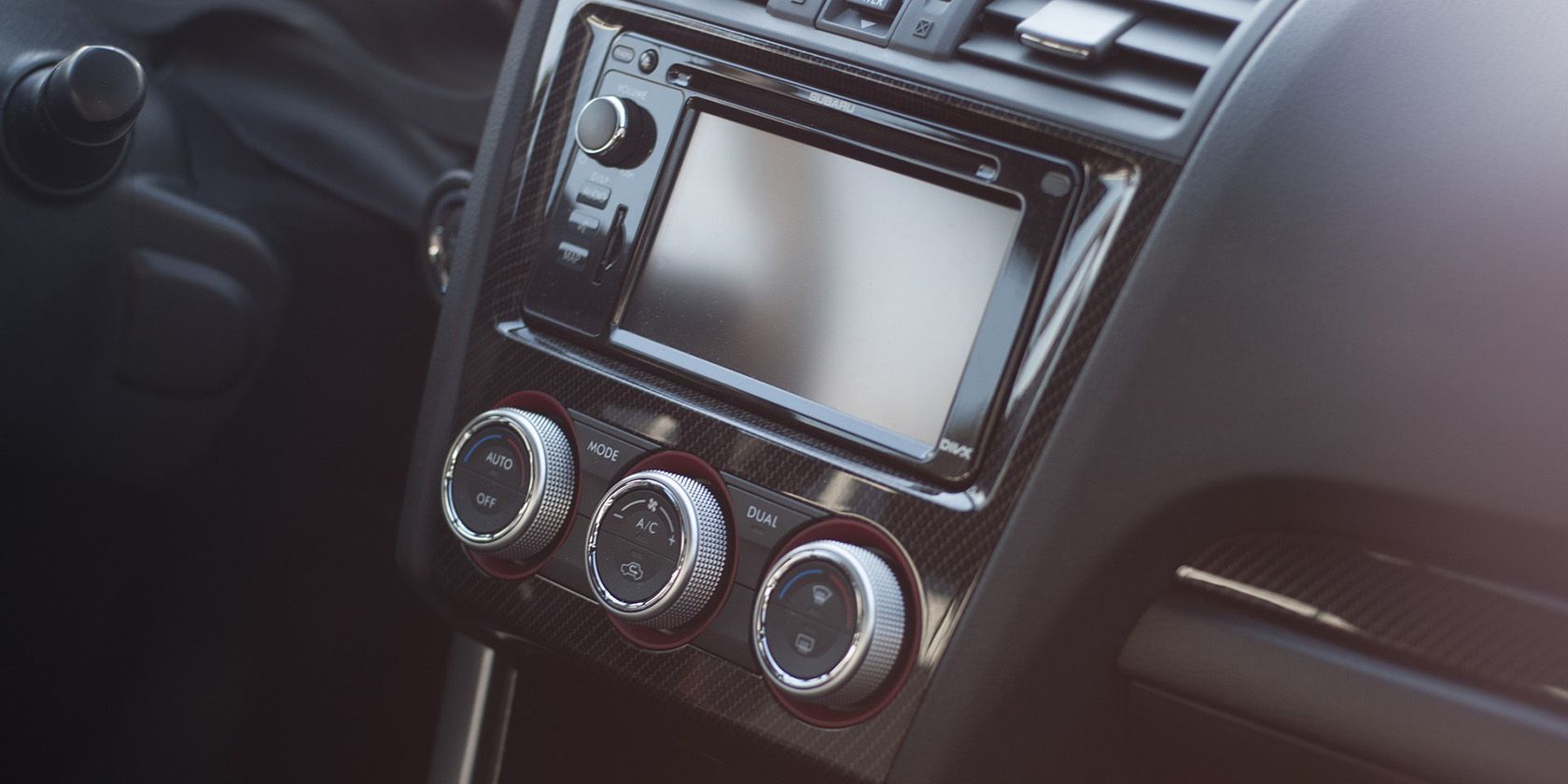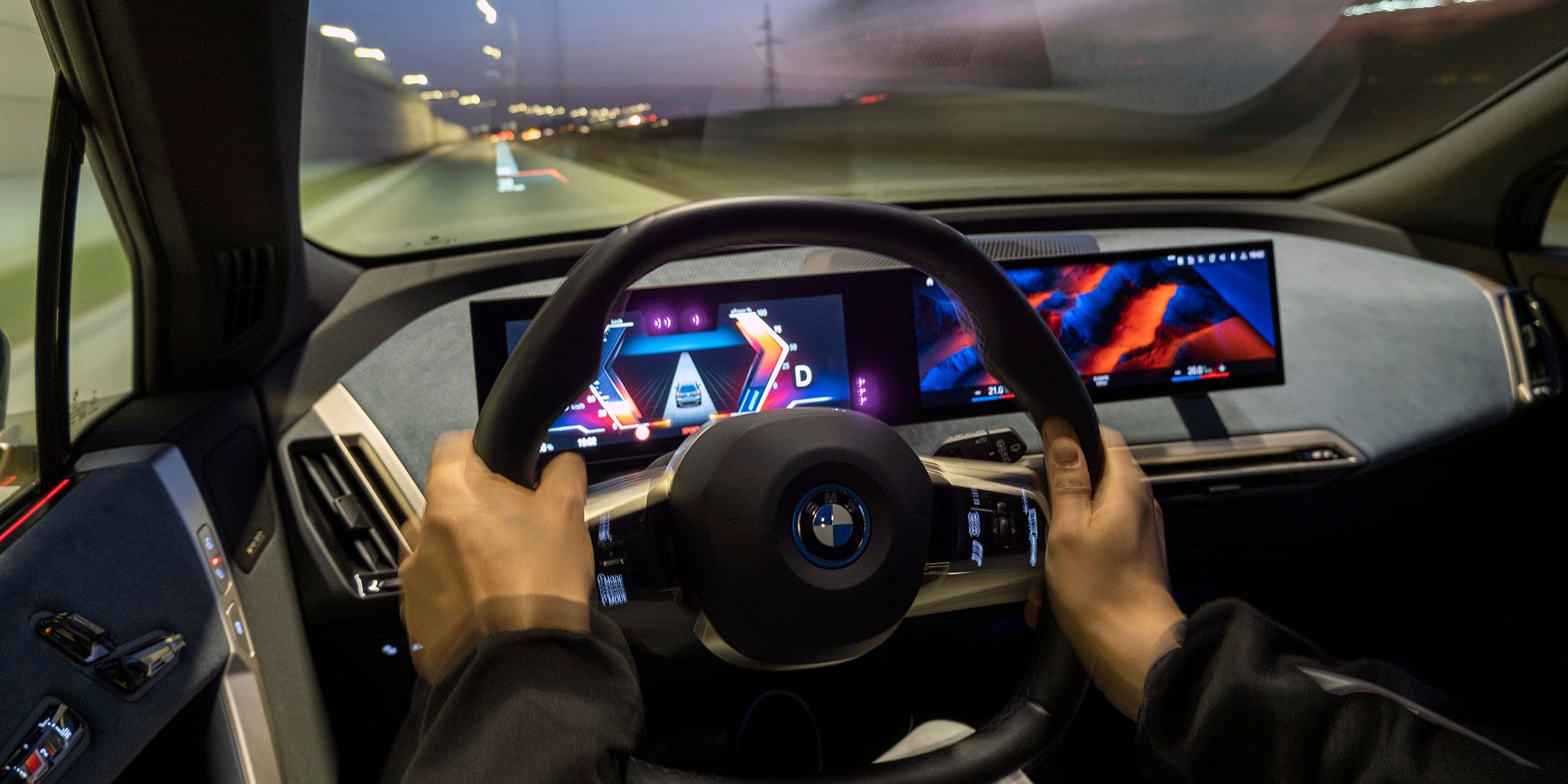Most new cars on sale today come with a touchscreen infotainment system, at least as an option. Even if you buy a small city car, chances are you'll be able to buy it with a touch-sensitive display that does away with many physical controls and concentrates functions in one place.
But are touchscreens in cars a good idea? Importantly, from a safety standpoint, it's not an ideal solution. While a touchscreen helps declutter the center console and provides a trendy minimalist look, there are some clear disadvantages that shouldn't be overlooked.
Let's look at how touchscreens in cars can pose safety risks, alongside other drawbacks, and why physical controls are the more practical choice.
1. There's Greater Chance of Distraction
When you have a large and futuristic car display in the middle of your dashboard within your line of sight, anything that pops up on said screen has the potential to distract you. You might be tempted to look away from the road to see what notification your car is sending you.
Your car may be connected to your phone, and it could be alerting you that you got a text message or an email. Even if your phone is not connected, the vehicle may still show its own notifications—like reminding you that an oil change is coming up or that you’ve run out of windshield washer fluid.
These distractions only serve to remove your focus from what's important: driving your vehicle safely.
2. It Takes Your Eyes Off the Road
Muscle memory plays a big part in why many argue physical controls trump touchscreens. Spend some time in any car with buttons, switches, and knobs, and you'll quickly learn where all the essential functions are without looking.
This means you can use the media system, climate controls, and other operations mainly by feel, without taking your eyes off the road. Even if you do sometimes need to look down to find the physical controls, it takes a second to locate them—you don't need to keep looking while, for instance, you're adjusting the fan speed via a rotary knob.
This is contrary to a touchscreen, which unsafely demands your attention; otherwise, you don't know what you're tapping.
3. Functions Are Buried In Menus
Controlling critical car functions through a touchscreen can be fiddly, but it's even worse when everything is buried in menus because it exasperates the issues above.
BMW’s iDrive 8 is a particular egregious example of this. It doesn’t have a dedicated climate panel that stays in place as you navigate through menus. If you want to adjust anything besides temperature, like fan speed or directing airflow, you have to touch the screen at least twice—first to open the climate menu and second to make your necessary adjustment. BMW also removed the buttons on the steering wheel that let you change the adaptive cruise control follow distance. This function has also been moved to a menu that takes time to reach.
BMW (and other premium automakers) will argue against this by saying that these vehicles also offer advanced voice commands, so most functions are accessible that way. Many of these cars are also capable of automatically adjusting temperature and enabling functions based on the in-car environment. This is meant to reduce the need to use the touchscreen, but buttons are still the preferred way of interacting with a car for many.
4. They Run on Old Tech and Are Unresponsive
Car manufacturers are not tech companies, so instead of developing their own infotainment screens, they usually outsource this to a third party. However, these partners are often chosen based on their cost and not necessarily their technical prowess. This results in a cheaper screen that brings the production cost down, but sacrifices graphical quality and response time.
Even in today’s more expensive premium cars, graphics quality, processing power, touch accuracy, and general fluidity of touchscreens are below what the best smartphones and tablets offer.
5. Screen Failure Makes Important Car Functions Inaccessible
By concentrating functions on one screen, you run the risk of not being able to adjust anything if it fails. Since car interiors can be subjected to temperature extremes, the screen's longevity will definitely be affected.
If your car has little to no physical buttons, instead putting functionality on the touchscreen, you'll be unable to change climate, media, or safety settings until it's replaced. Screens don’t typically break nowadays, but failure will surely become more frequent as vehicles age.
The Future of the Automotive Touchscreen Is Uncertain
While most manufacturers are using touchscreens, making them bigger and bolder for each new vehicle, this may just be a passing trend. Between the negative feedback received from both owners and automotive journalists, as well as automakers' constant quest to cut costs, we believe that cars coming next decade may do without big screens and touch controls.
In late 2022, Volkswagen announced its plans to reintroduce physical controls in some of its new vehicles. Plus, if you look at long-term future concepts from some manufacturers, it would seem the days of the ultra-wide, high-definition screen dominating the dashboard are numbered. Augmented reality head-up displays, advanced AI-powered voice assistants, gesture controls, and even holograms are being touted as viable alternatives for car interiors of the future.

